Why 1984 Wasn’t Like “1984”
With the original Macintosh in 1984, Apple introduced the world to the idea of a Graphical User Interface driven by a mouse, and computing was never the same again.
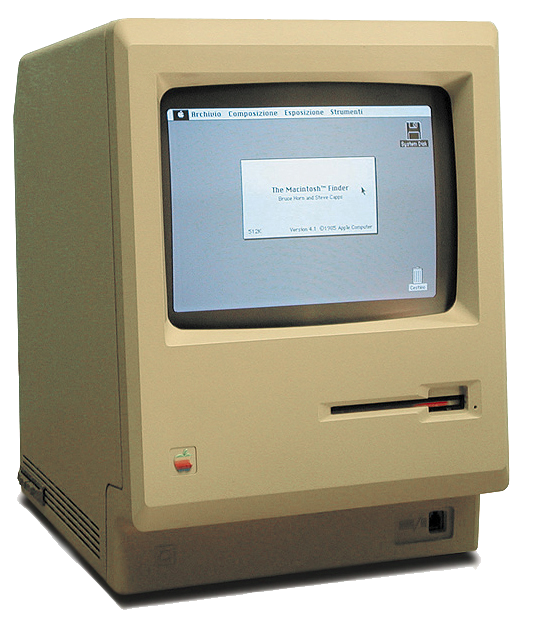
Visitors to the Retro Roadshow can experience what it's like to work and play on a fully-functional original Macintosh 128k from 1984.
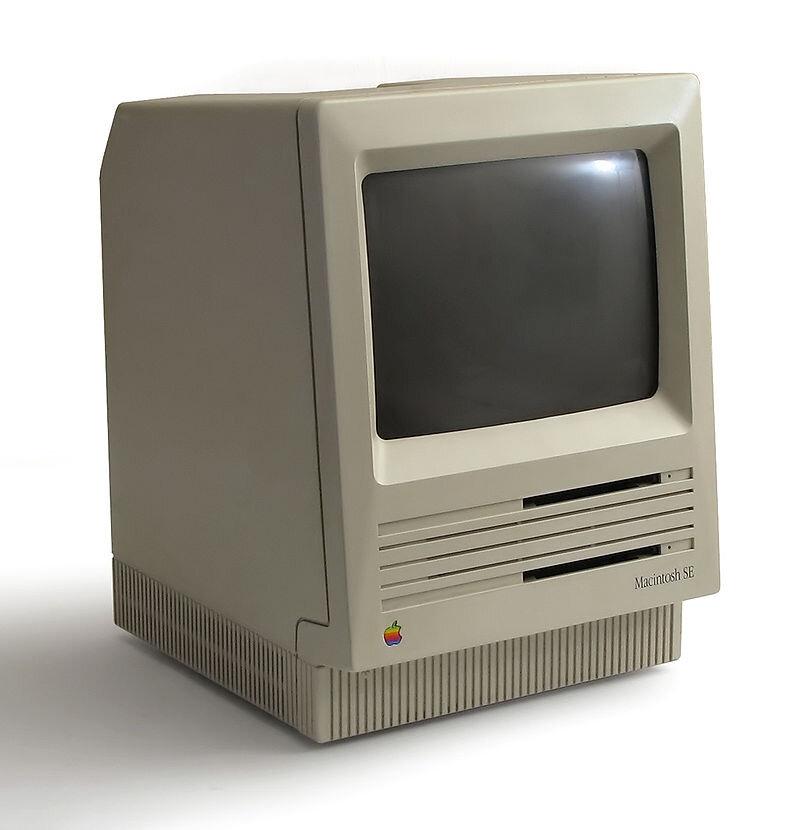
The Macintosh SE evolved the Mac beyond the constraints of the first generation. With upgradable RAM, dual internal floppy drives (or a floppy drive + an internal hard disk), support for a wider range of keyboards, mice and other peripherals, and even support for expansion cards, the Mac SE was a runaway success.
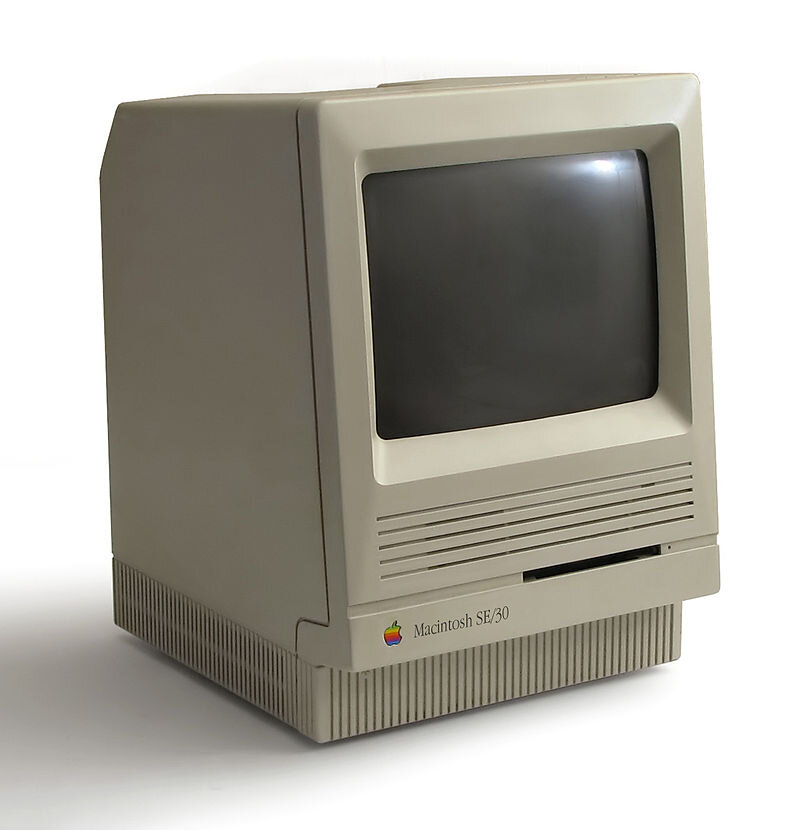
The Macintosh SE/30 was the ultimate evolution of the original black-and-white Macintosh design. Sporting a super-fast (by 1989 standards) 16MHz CPU and including support for a then-unimaginable 128 megabytes of RAM, the SE/30 remains one of the most beloved Macintosh models Apple has ever released.
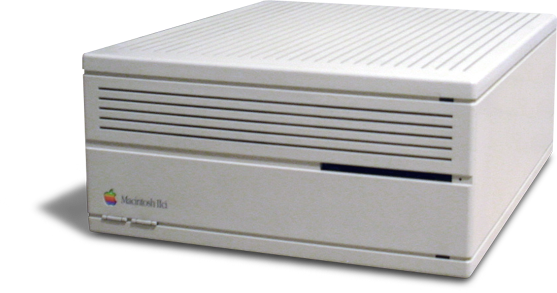
The Macintosh IIci was the "Mac Pro" of its era. This sleek beige box contains a blisteringly-fast (by 1989 standards) 25MHz CPU, and with 3 "NuBus" expansion slots, a Mac IIci could be configured for any task.
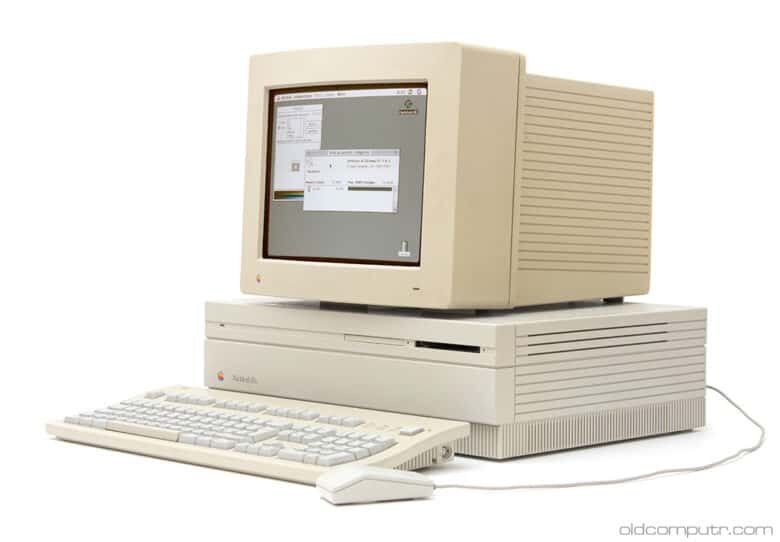
Introduced in 1990, the Macintosh IIfx represented the the absolute pinnacle of "no expense spared," cutting-edge design. Literally the fastest mass-produced desktop computer in the world at the time of its release, the Mac IIfx ran at a "wicked fast" 40MHz in an era when a 16MHz computer was considered quite speedy. Not content with just building a fast Mac, Apple also included several custom secondary processors to speed up audio, video and mathematical calculations, making this machine a favorite of researchers, scientists and other users with a craving for power. Unfortunately, all that power came with a significant cost - the Mac IIfx remains the most expensive computer Apple has ever offered, with a base price of $10,000 (monitor sold separately) - a price which could increase many times over with add-on's, upgrades and accessories. The Retro Roadshow is proud to include a pristine Macintosh IIfx in our exhibition, maybe especially so because our IIfx was used for the initial drafting and CAD work for SpacePort America in New Mexico.
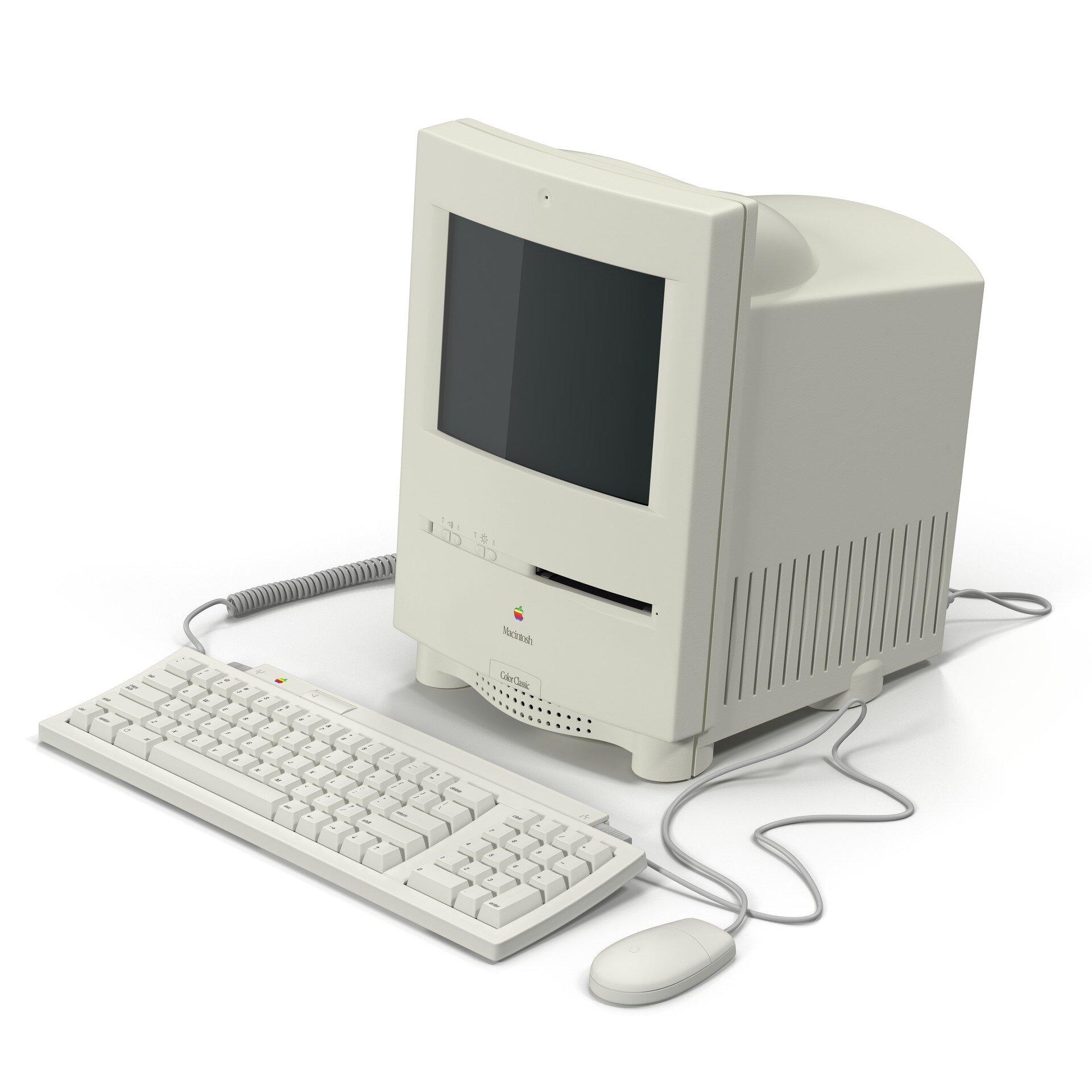
With the Macintosh Color Classic, Apple took the "all in one" style of the original Mac and updated for the Multimedia Era. Featuring an internal hard drive, clear sound and (most notably) a gorgeous 10" Sony Trinitron full-color monitor built-in, the Color Classic was an instant hit, especially in Japan where it's cute looks and diminutive size were especially appealing. The Retro Roadshow is delighted to feature a Macintosh Color Classic, which has been upgraded with the motherboard from a twice-as-fast Color Classic II.
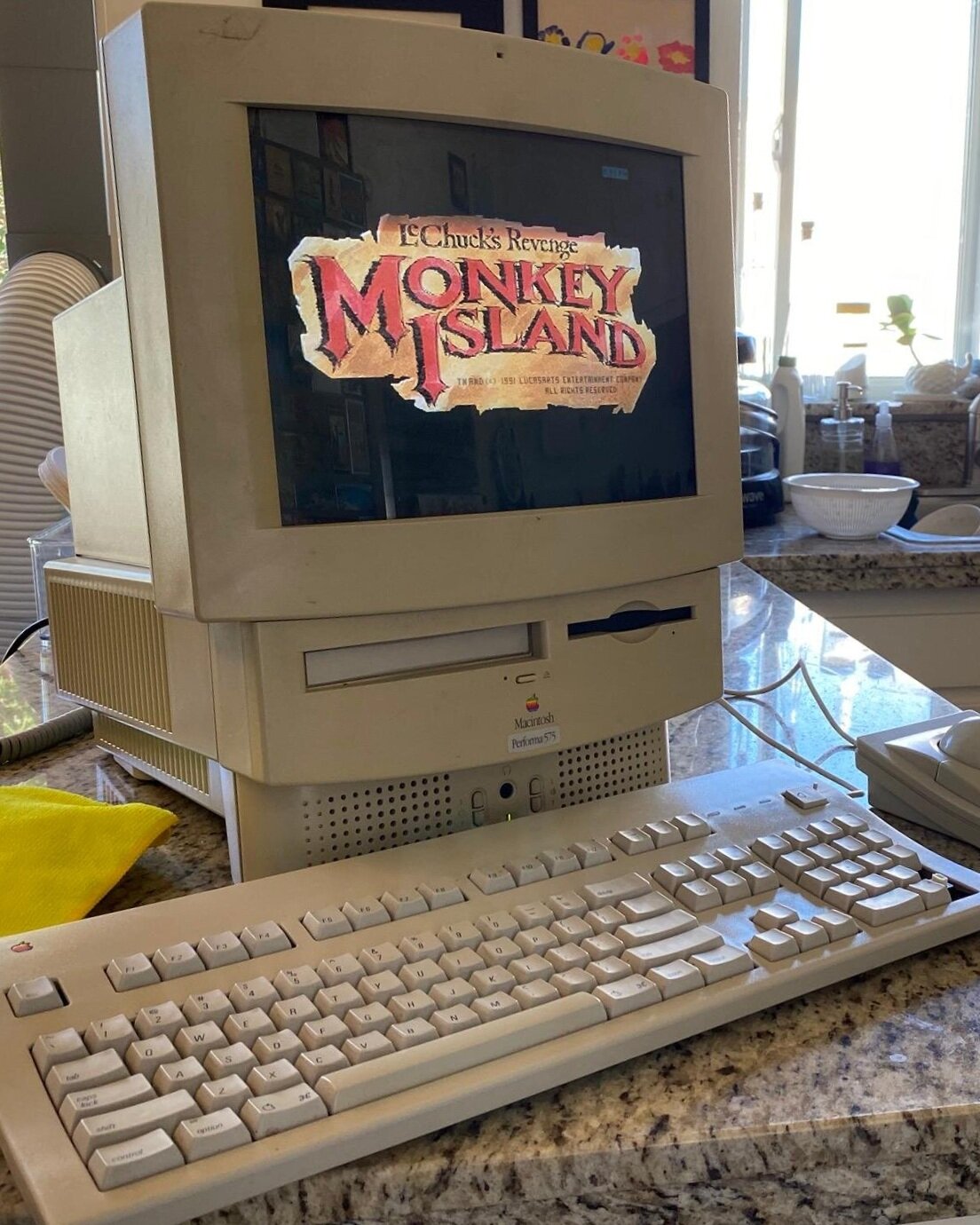
Designed as a sort of "big brother" to the Color Classic, the Performa 575 (along with several other models in this design-family) was a showcase of Apple's mid-90's, consumer-oriented multimedia prowess. Designed around a beautiful 14" Sony Trinitron CRT display and featuring an integrated CD-ROM drive and stereo speakers, the Performa 575 is a fantastic showcase for games and interactive media of the era. The Retro Roadshow's Performa 575 has been upgraded in several notable ways - expanded RAM, solid state storage, Ethernet networking, and a full 68040 CPU to replace the lower-performance 68LC040 CPU the machine originally shipped with.
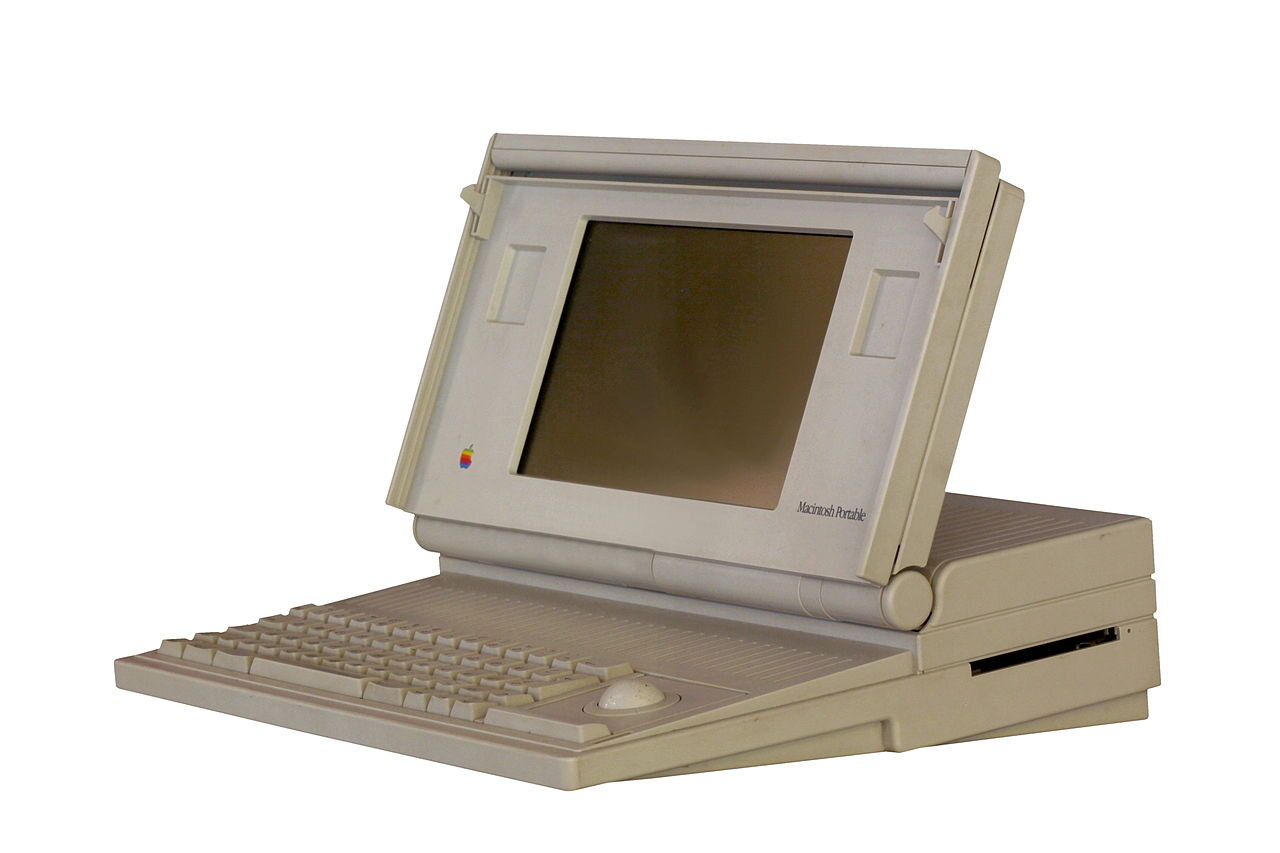
While often regarded as a failure, the Macintosh Portable was one of the first fully-realized, battery-powered computers capable of running full-scale desktop applications. Weighing in at a beefy 16lbs, the Mac Portable was powered by a lead-acid battery similar to those used to start a motorcycle engine. The Retro Roadshow is proud to have a rare late-edition Mac Portable, featuring a beautiful backlit LCD display.
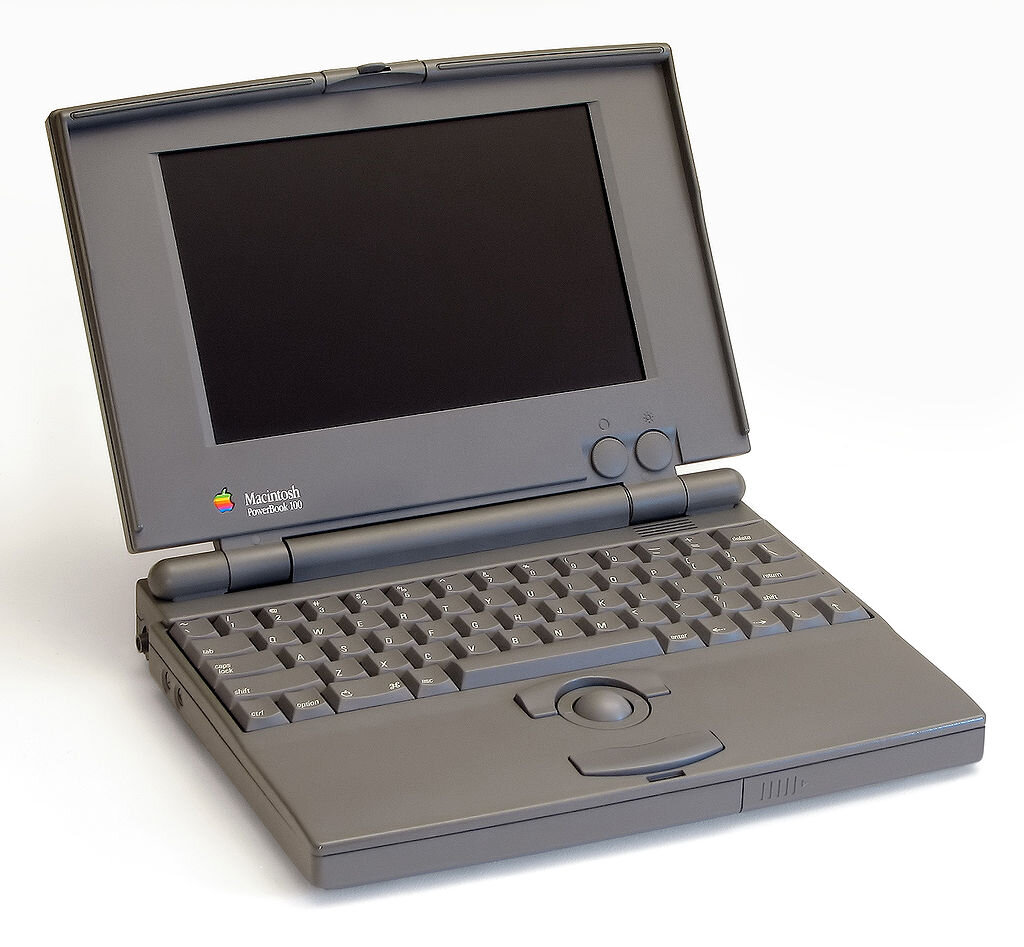
Designed during an early collaboration between Apple and an elite team of Sony engineers, the PowerBook 100 is one of the most influential computers ever built. Released in 1992, the PowerBook 100 essentially defined the template that every laptop for the past ~30 years has mimicked. As the first portable computer to place the keyboard behind the pointing device (not to mention weighing less than 1/3 than it's predecessor Macintosh Portable), it has been praised several times for its design. PC World named the PowerBook 100 the tenth-greatest PC of all time in 2006, and US magazine Mobile PC chose the PowerBook 100 as the greatest gadget of all time in 2005.
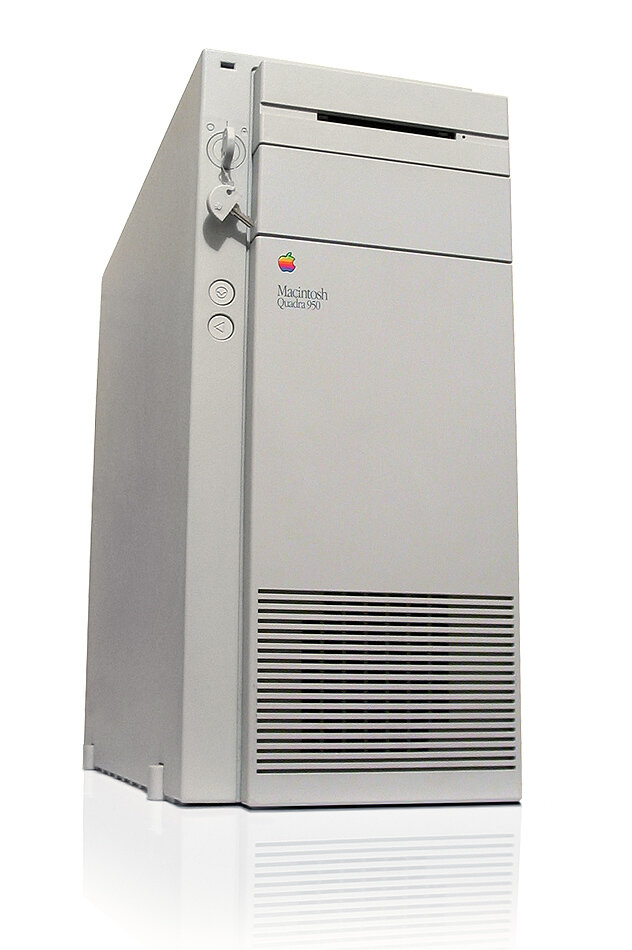
Powered by a Motorola 68040 CPU running at a brisk 33MHz, the Macintosh Quadra 950 was an elite, high-end workstation capable of running both MacOS and Apple's Unix variant A/UX. One of the physically largest machines Apple has ever released, the Quadra 950 was popular with users who craved bleeding-edge power for computer-aided design ("CAD"), desktop publishing, network administration and more.
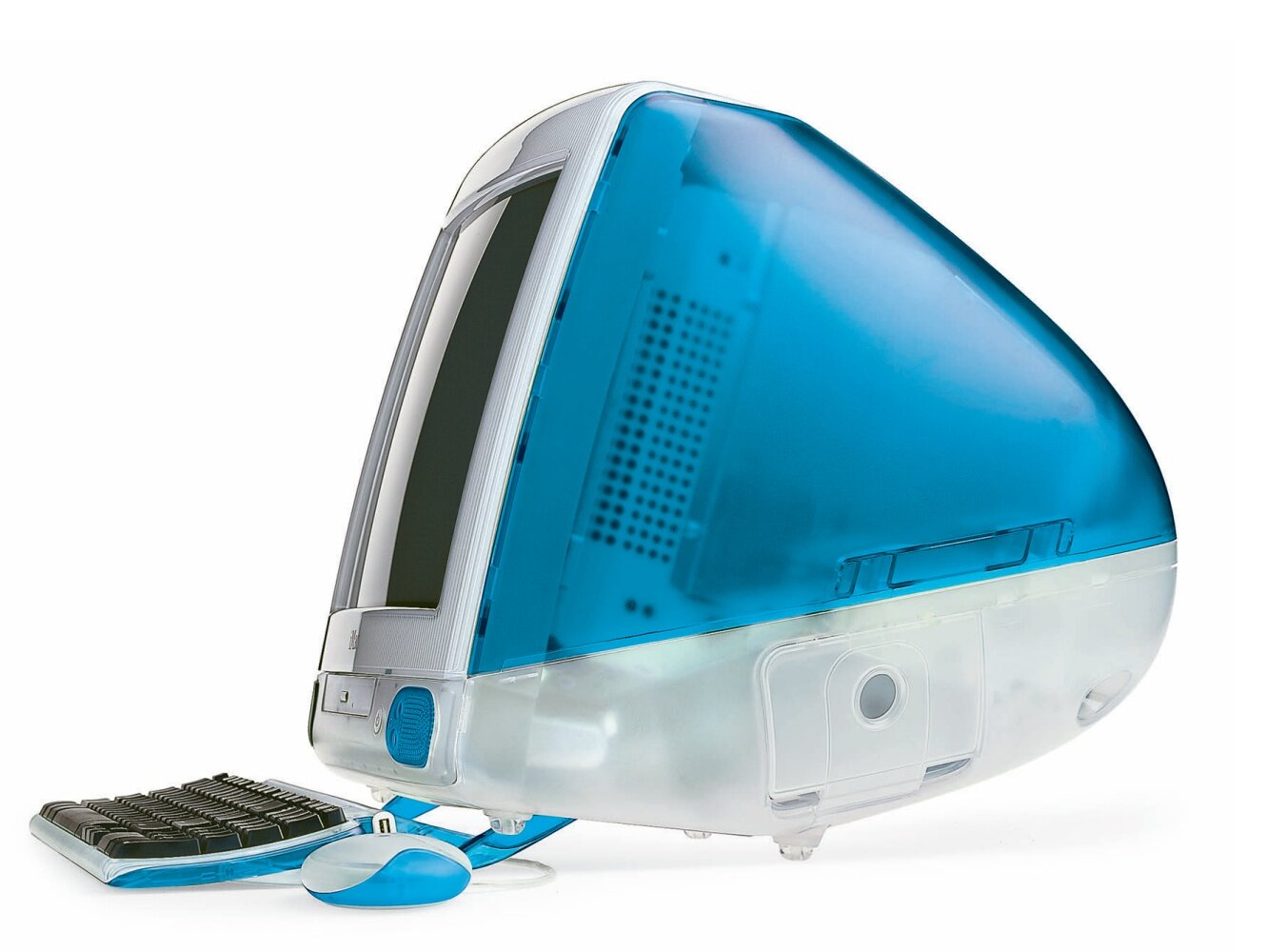
When Apple was at their lowest in the mid-90's, it was said that they were at risk of "losing their cool-factor." Fortunately, the iMac G3 changed all that. This stunning all-in-one computer reintroduced Apple to a whole new generation of users, immediately redefining what a desktop computer could look like. Clad in translucent "Bondi Blue" plastic, the iMac instantly became one of the most iconic products of all time, and is still a popular exhibit in modern art museums around the world. The Retro Roadshow is pleased to offer our visitors the opportunity to explore an original "Revision A" iMac G3.
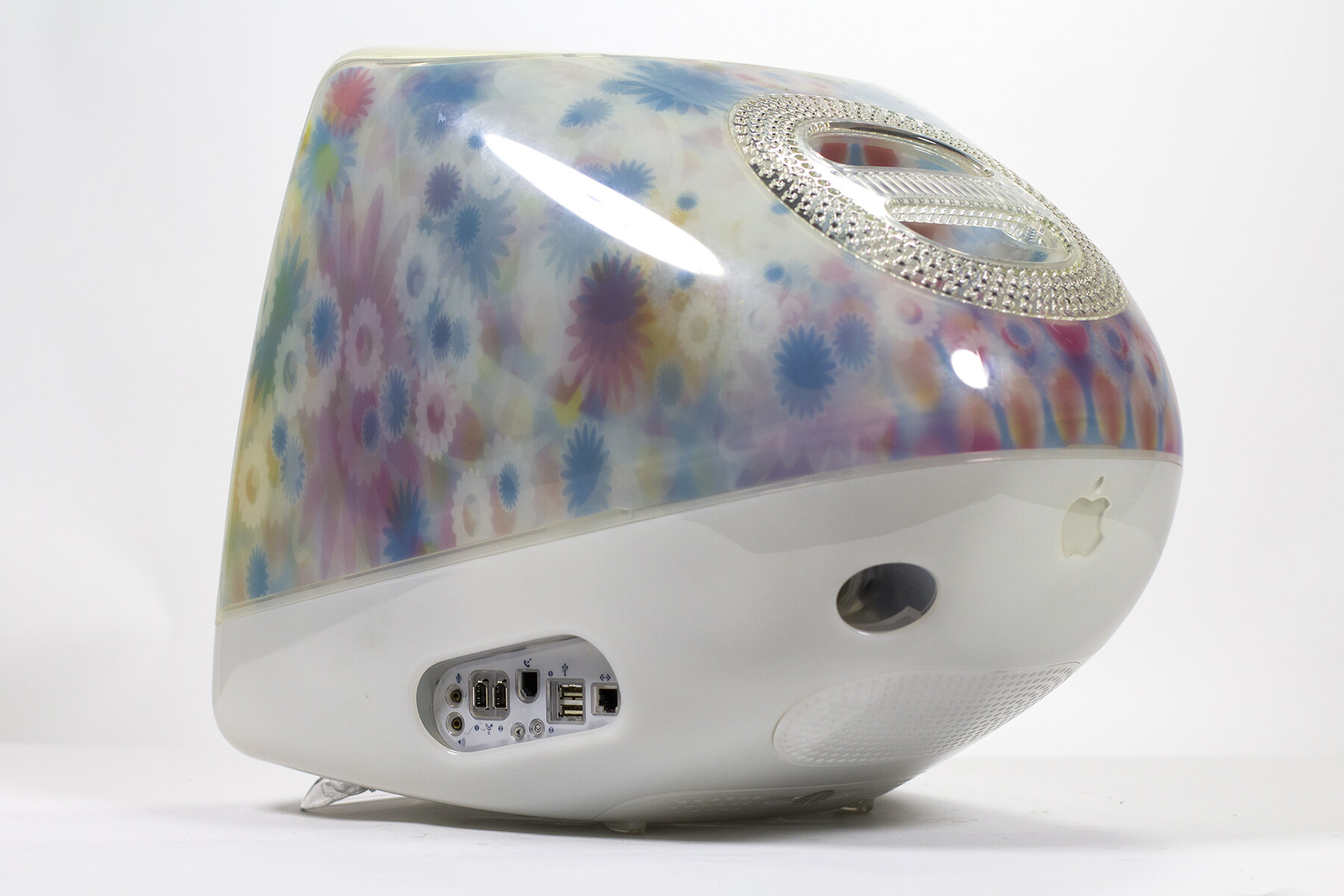
Apple wisely continued iterating the design of the iMac G3 series, both in terms of specs (faster processors, more RAM, etc.) and visually. Perhaps the most eye-popping example of this was the limited-edition "Flower Power" iMac, whose outer shell was lined with a psychedelic flower motif. Released alongside the equally-remarkable "Blue Dalmation" edition, the Flower Power iMac is stunning when experienced in person, which Retro Roadshow attendees can see for themselves.
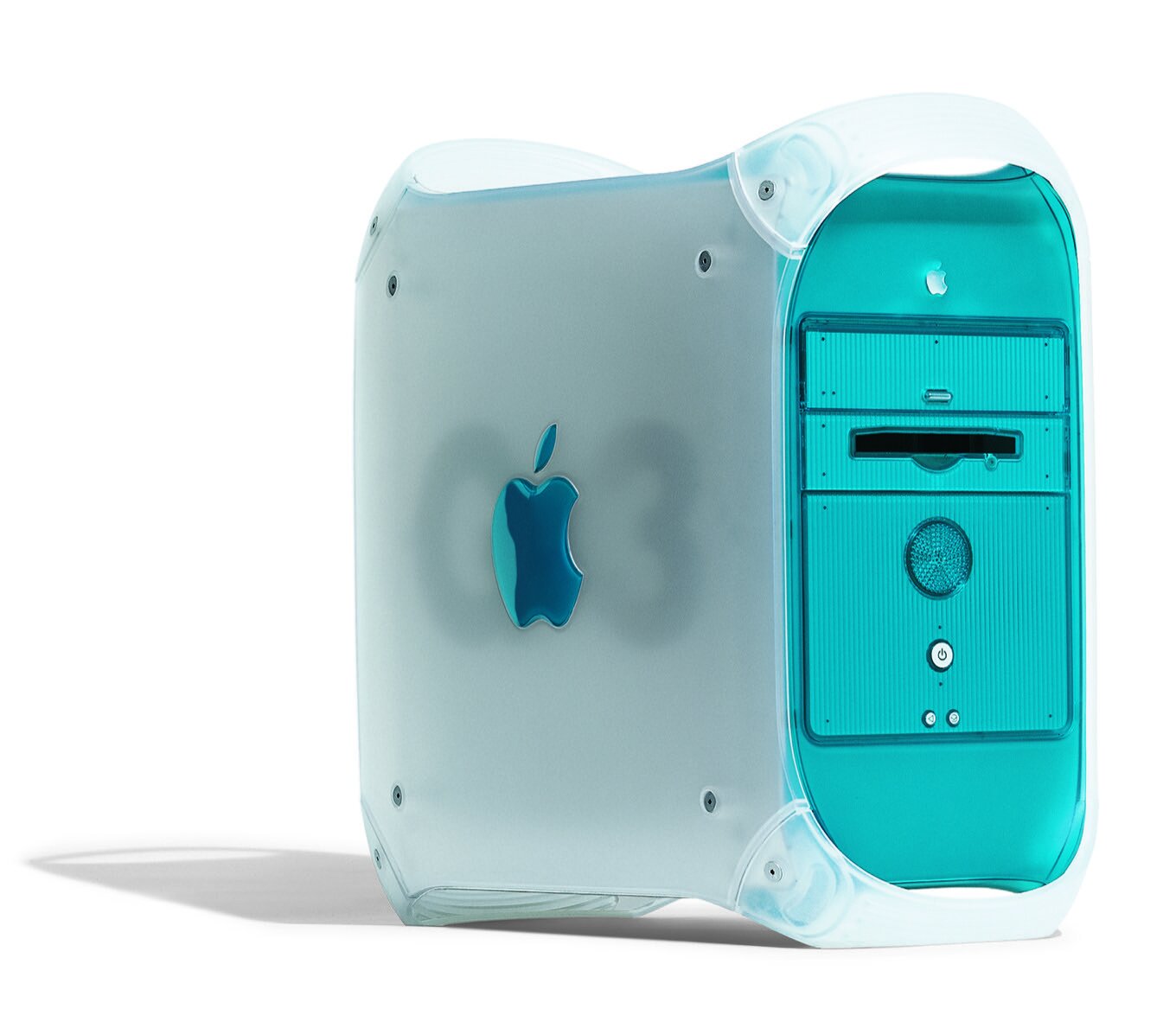
With the "Blue & White" Power Macintosh G3, Apple brought the whimsical aesthetic of the original iMac to their "Professional" desktops, resulting in one of their most delightful designs ever. The Retro Roadshow is proud to offer visitors the chance to play and create on such an iconic machine.

The Power Macintosh G4 "Quicksilver" is one of Apple's most beautiful "pro workstation" designs ever. Refining the design template first established by the "Blue & White G3," the Quicksilver G4 still features translucent handles on all four corners and the clever "drop-door" design which allows easy access to all internal components, but refines the design with a sleek, almost Art Deco-inspired aesthetic. The Retro Roadshow is pleased to offer visitors the opportunity to experience this machine firsthand.
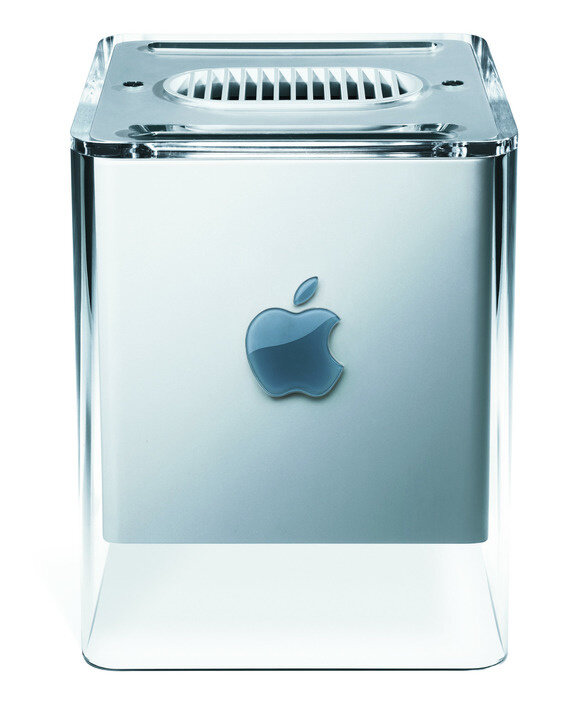
The Power Mac G4 Cube is one of the most visually-stunning desktop computers ever released. With workstation-level computing power suspended in a precision-crafted block of transparent acrylic glass. Somehow effortlessly merging "Art Deco" design elements with a retro-futuristic aesthetic, the G4 Cube was as beautiful as it was powerful. Unfortunately, its stunning design resulted in limited expandability (a key aspect of professional workstations), and it was retired after just under a year on the market. Nevertheless, it remains one of the most iconic computers ever sold, and is still on display in numerous museums, including the New York Museum of Modern Art and the San Francisco Museum of Modern Art.